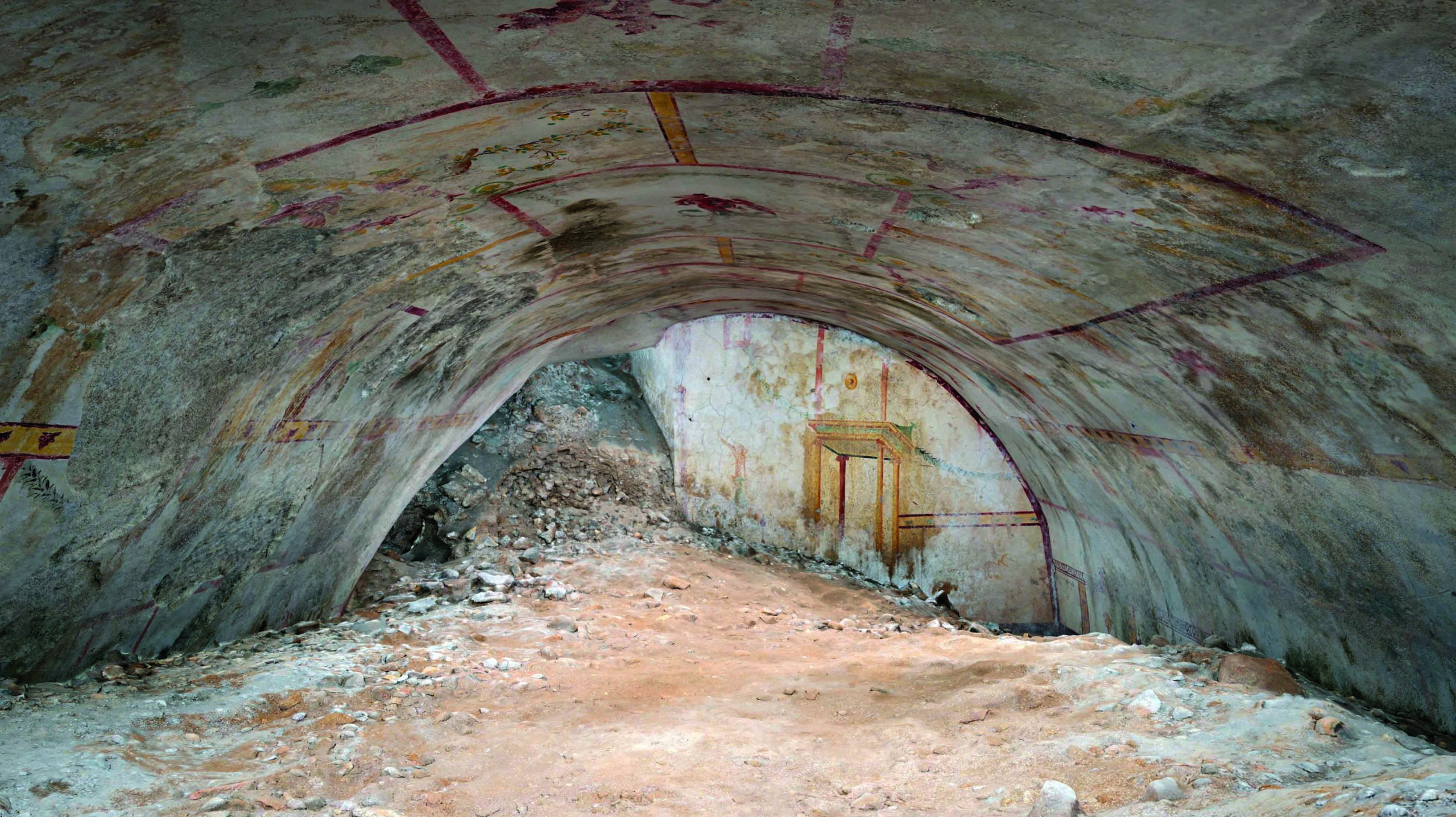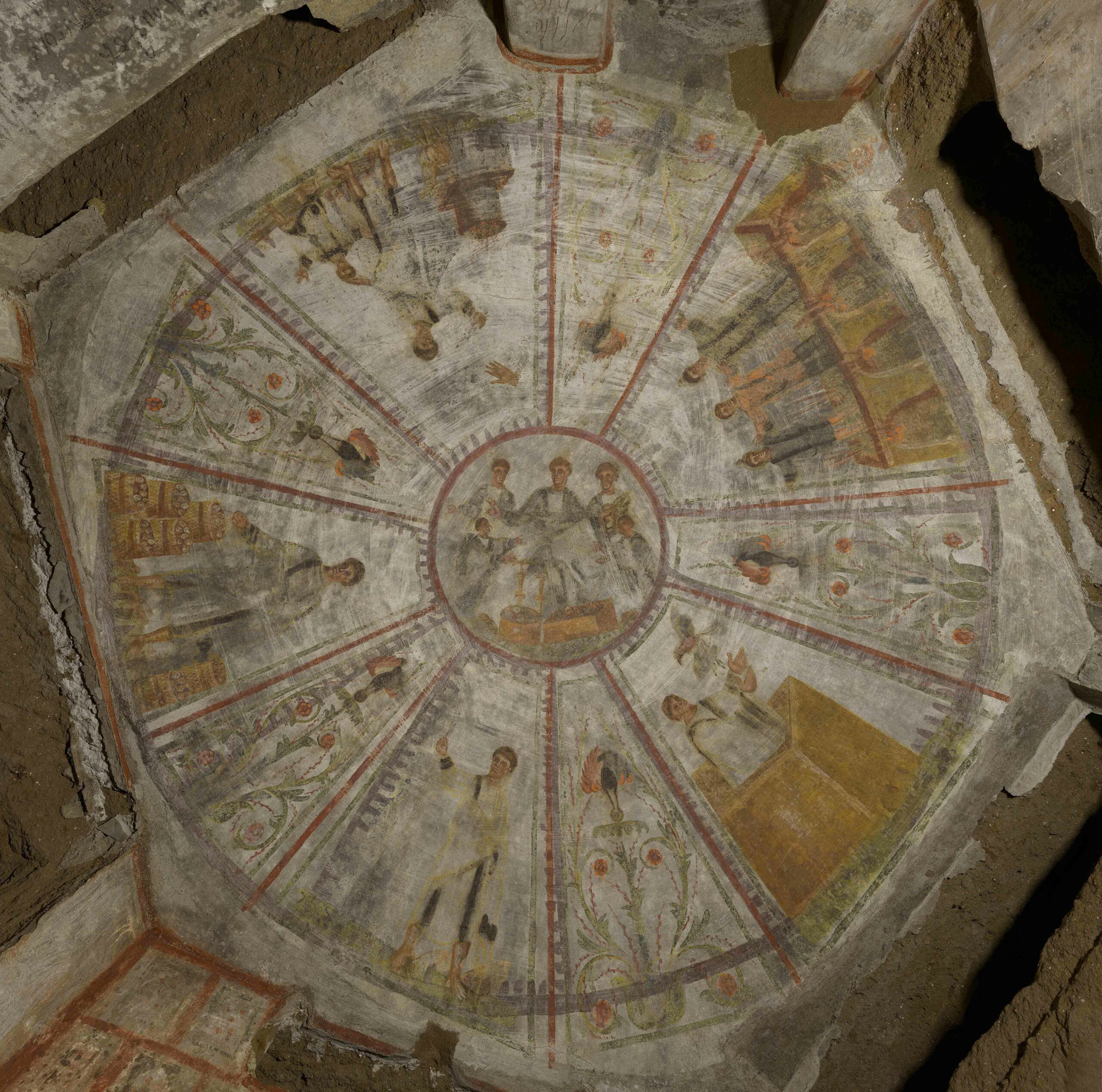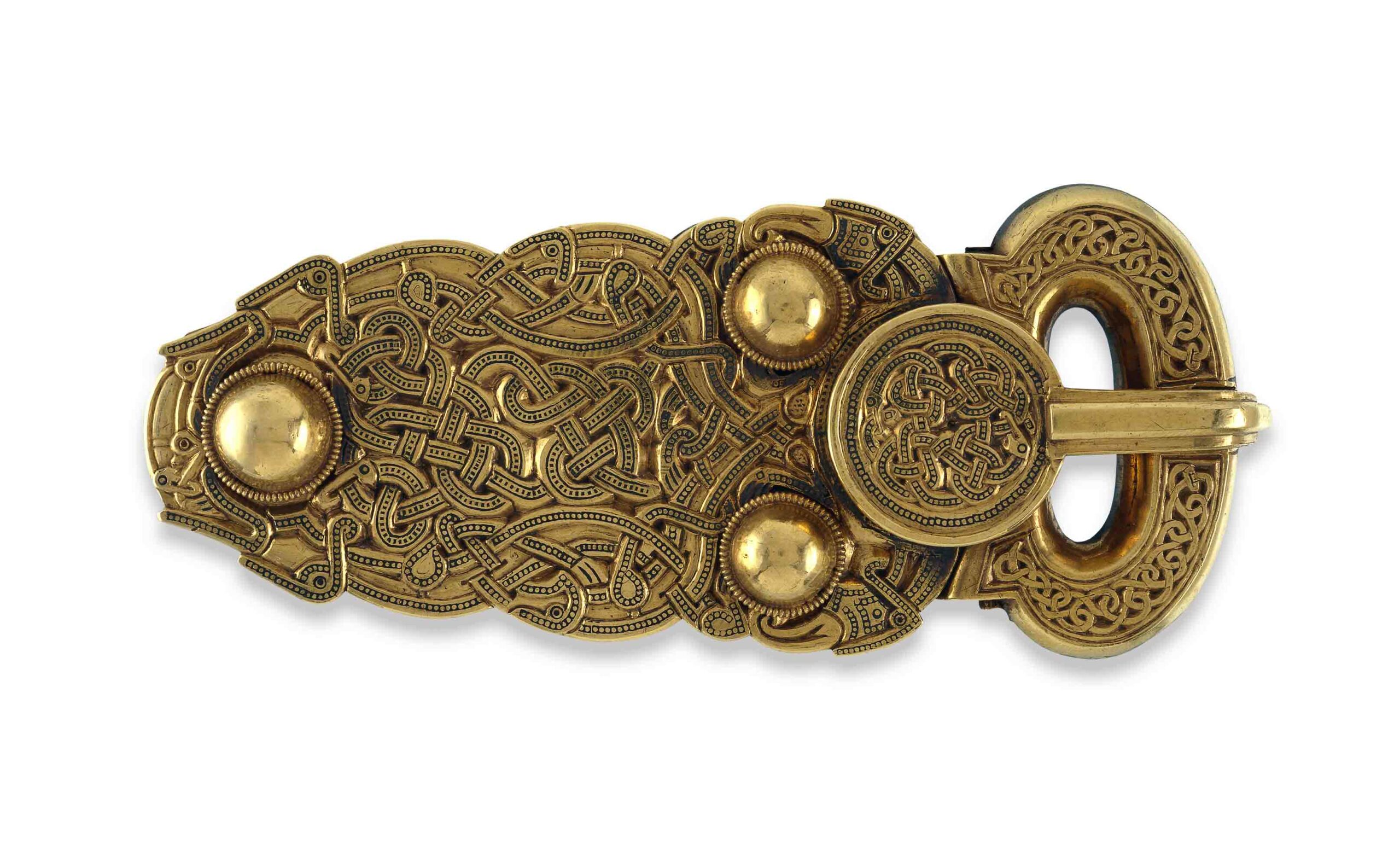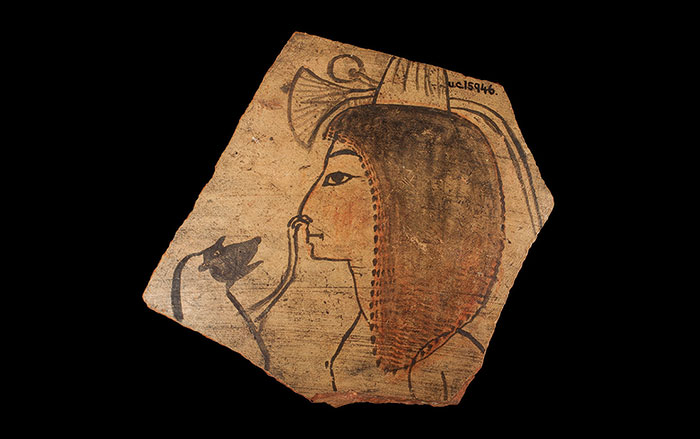ROME, ITALY—A Switzerland-based art dealer and his wife have been accused of being part of an antiquities trafficking network involving tomb raiders in southern Italy; dealers; and buyers from Germany, Britain, the United States, Japan, and Australia. The looted works are thought to have been sent to Switzerland where they were restored and sold with counterfeit provenance papers. Italian police have seized more than 5,000 artifacts, including vases, jewelry, frescoes, and bronze statues dating from the eighth century B.C. to the third century A.D. The items are estimated to have been worth $64 million on the black market. “This is by a long shot the biggest recovery in history in terms of the quantity and quality of the archaeological treasures,” Carabineri General Mariano Mossa said at a news conference reported in The Columbian. Documents associated with the case could lead Italian authorities to artifacts now housed in top museums around the world. To read the dramatic story of an earlier effort to fight the illegal looting of Italy’s ancient tombs, go to “Raiding the Tomb Raiders.“
Police Raids Recover More Than 5,000 Artifacts
News January 22, 2015
Recommended Articles
Weapons of the Ancient World May/June 2020
Gladiator Weapons


Digs & Discoveries July/August 2018
Pompeii Revisited

Digs & Discoveries September/October 2017
Not by Bread Alone

-
Features November/December 2014
The Neolithic Toolkit
How experimental archaeology is showing that Europe's first farmers were also its first carpenters
 (Courtesy Rengert Elburg, Landesamt für Archäologie Sachsen)
(Courtesy Rengert Elburg, Landesamt für Archäologie Sachsen) -
Features November/December 2014
The Ongoing Saga of Sutton Hoo
A region long known as a burial place for Anglo-Saxon kings is now yielding a new look at the world they lived in
 (© The Trustees of the British Museum/Art Resource)
(© The Trustees of the British Museum/Art Resource) -
Letter From Montana November/December 2014
The Buffalo Chasers
Vast expanses of grassland near the Rocky Mountains bear evidence of an extraordinary ancient buffalo hunting culture
 (Maria Nieves Zedeño)
(Maria Nieves Zedeño) -
Artifacts November/December 2014
Ancient Egyptian Ostracon
 (Petrie Museum of Egyptian Archaeology, UCL, UC15946)
(Petrie Museum of Egyptian Archaeology, UCL, UC15946)


